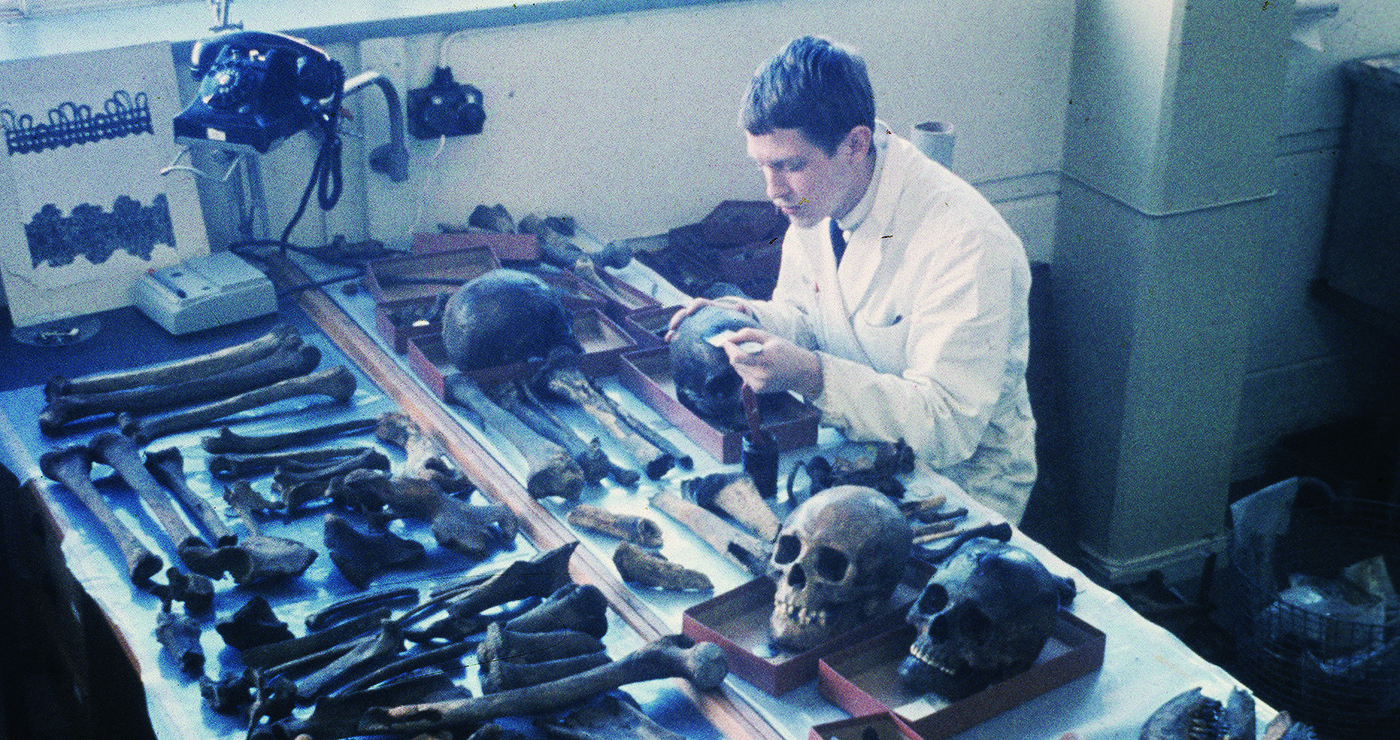The remains of at least 15 people were found with Vasa. Most were crewmen, but researchers also found two women – guests on the maiden voyage. We can learn a lot from studying the skeletons and can even use facial reconstruction to come face-to-face with those lost.
People in the 1620s were much shorter than today, due to poorer diets. It was the Little Ice Age; temperatures were cold, plants didn’t grow well and people suffered. The average height of the Vasa crew was only 166 cm tall. The average height of today’s Swedish men is nearly 180 cm.
Most of the men were in their 20s and 30s. Many had healed injuries, with more than half having broken bones earlier in their lives.
Most of the skeletons had lost some of their teeth due to gum disease from not brushing. But there is almost no evidence of tooth decay, probably because they didn’t eat sugar.
DNA analysis shows they came from Scandinavia, as expected.
Sculptor and archaeologist Oscar Nilsson created lifelike facial reconstructions from the most complete skulls. He built up layers of clay on casts of the skulls, to form the muscle, fat and skin on the heads. He had to guess at some of the features, like the shape of the ears and the hairstyles, but his work helps these unlucky voyagers live on.
Not all the skeletons were human. Archeologists found the remains of two huge cats that were as big as cocker spaniels. They would have been on board as rat catchers, and must have been good at their job, as no rat skeletons were found.
 Bengt Winblad cleaning skeletal remains from the warship Vasa in the 1960s. Photo from the Vasa Museum archives/SMTM
Bengt Winblad cleaning skeletal remains from the warship Vasa in the 1960s. Photo from the Vasa Museum archives/SMTM